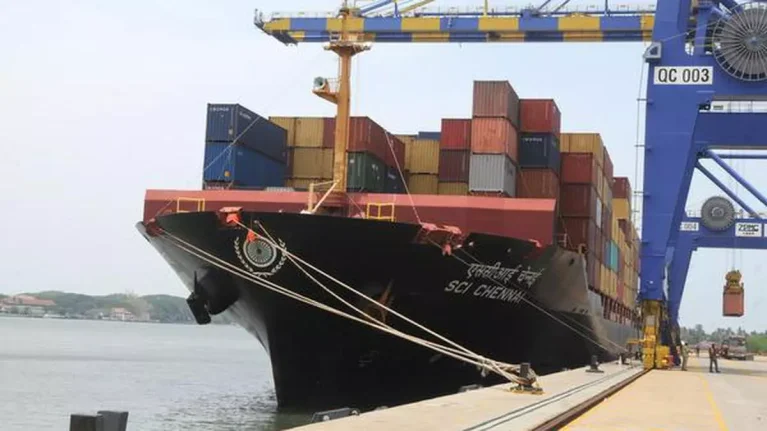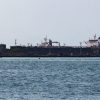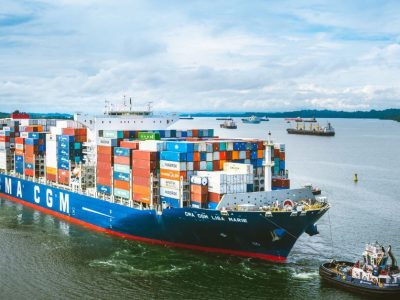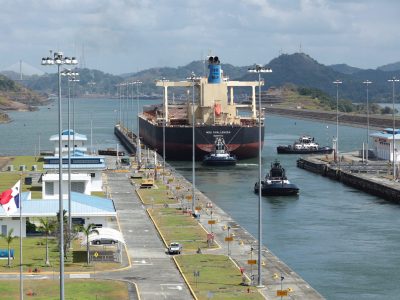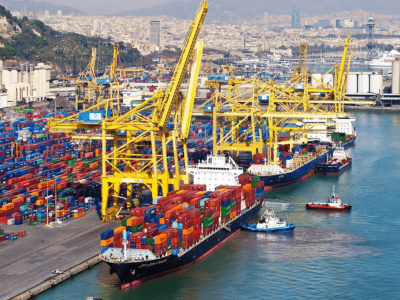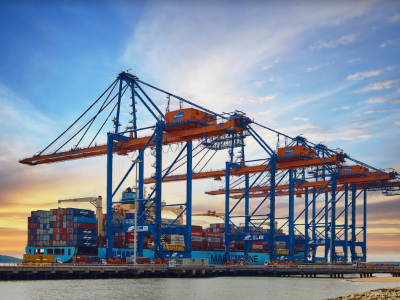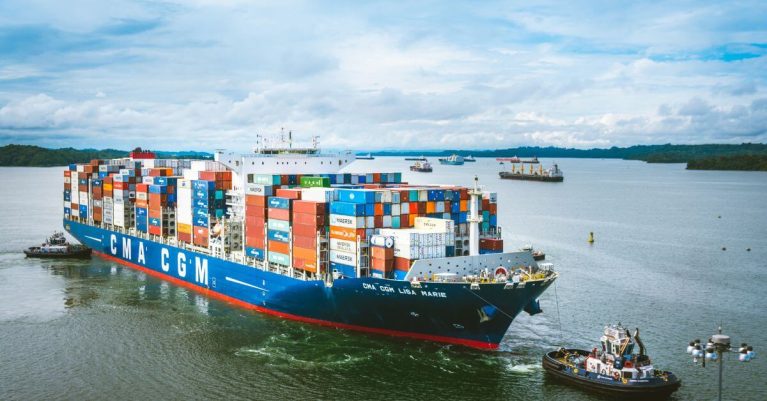By GMM News | 2024-01-31 | International Shipping News |
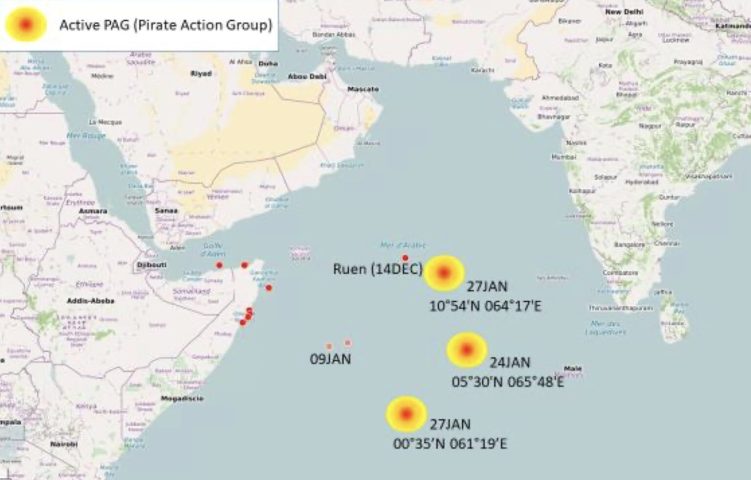
Recent activity in the Indian Ocean is sparking concerns of a resurgence in Somali piracy.
Maritime Security Centre Horn of Africa (MSCHOA), which operates under the auspices of the European Union Naval Force (EU NAVFOR), believes at least two pirate action groups, potentially operating from motherships, are now active in the Indian Ocean. This follows a series of fishing dhow hijackings off the Somali coast since November.
“The most likely scenario is that the pirates are operating from Mother Boats, searching for targets in areas where the sea conditions allow for boarding. These remote locations are also less likely to be patrolled by international forces. The pirates approach vessels to assess whether there is an armed security team on board,” EU NAVFOR said in a bulletin issued Tuesday.
The use of motherships to reach further offshore was a common tactic used by Somali pirates more than a decade ago. In fact, recent incidents have all the hallmarks of pirate activity.
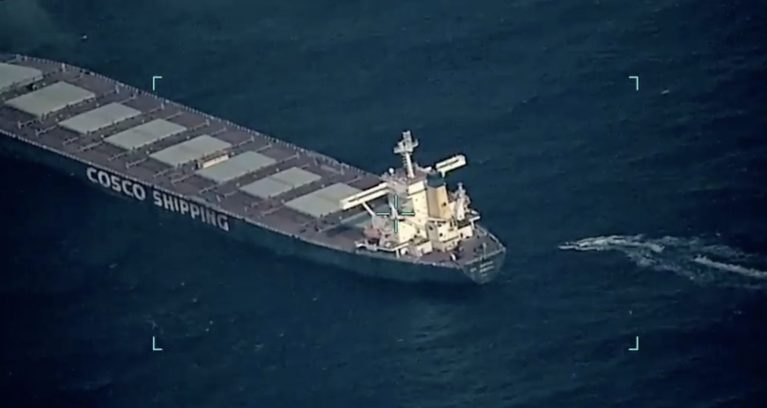
The commercial ships Adria and Waimea were targeted in attempted boardings on January 24 and 27 respectively, according to an update from EU NAVFOR’s Operation Atalanta, a counter-piracy operation that has been operating off the Horn of Africa and Western Indian Ocean since 2008. Another pirate action group was partially neutralized when the Seychelles Coast Guard freed the hijacked trawler LORENZO PUTHA 04 on Jan. 29, which had potentially up to 12 pirates operating from an unknown mothership.
These incidents have been closely monitored by the UK-based EOS Risk Group, which suggests these actions could signal a resurgence in Somali piracy.
Notably, the bulk carrier M/V Ruen was hijacked on December 14 in the Indian Ocean, approximately 680 nautical miles (NM) east of Bosaso, Somalia. The ship is still held in Somali waters. The incident appears to be the first successful hijacking of a commercial ship by Somali-based pirates since 2017.
In a separate incident, the M/V Lila Norfolk was boarded by suspected pirates on Jan. 4. The ship’s crew took refuge in the vessel’s citadel until the arrival of the Indian Navy, by which time the pirates had already left the vessel.
Currently, it’s uncertain whether the hijacked fishing dhows will be used as motherships to carry out attacks against international shipping, or if these incidents will be confined to armed robbery.
The future of piracy in the region could hinge upon the outcome of the Ruen case, says EU NAVFOR. If piracy proves profitable in this instance, it may encourage a resurgence in pirate activities following the conclusion of monsoon season when conditions are more conducive to the operation of small craft.
The potential resurgence of Somali-base piracy comes after the shipping industry removed its “High Risk Area” (HRA) designation for the region as of January 1, 2023, in response to the improved piracy situation. The High Risk Area was established in 2010 at the height of the Somalia piracy threat. During the 2010-2011 time period, Somali pirates carried 415 attacks and almost 80 successful hijackings over the course of two years, according to EU NAVFOR.
In response to the latest potential threat, vessels transiting in the region are advised to adopt enhanced security measures, specifically (BMP5), and maintain communication with MSCHOA and the UK Maritime Trade Operations office


